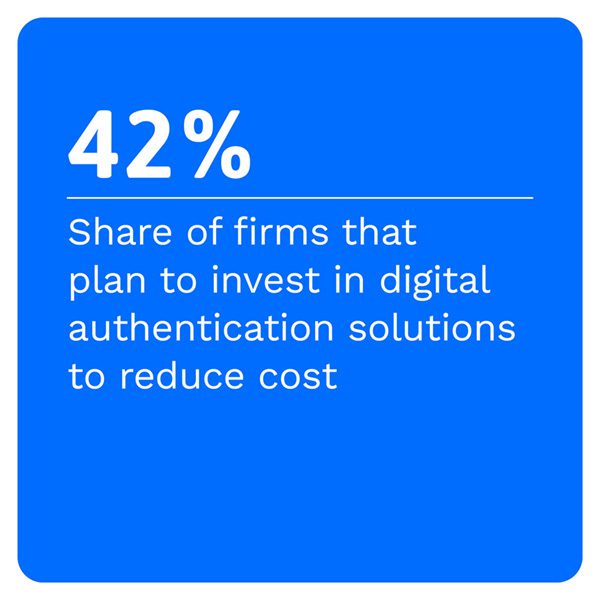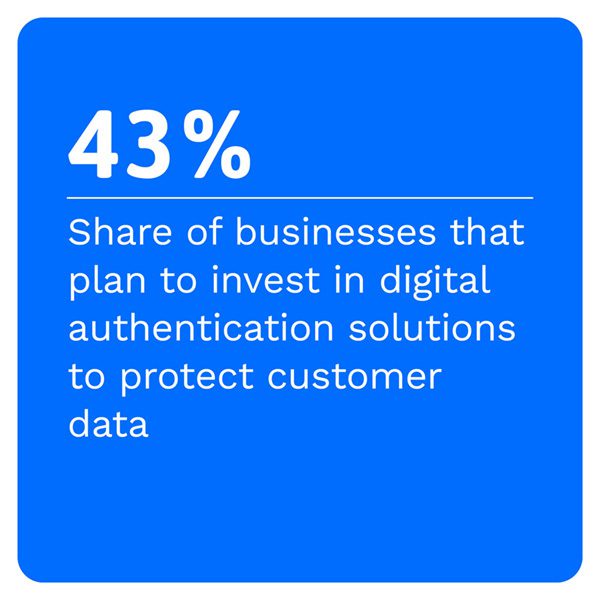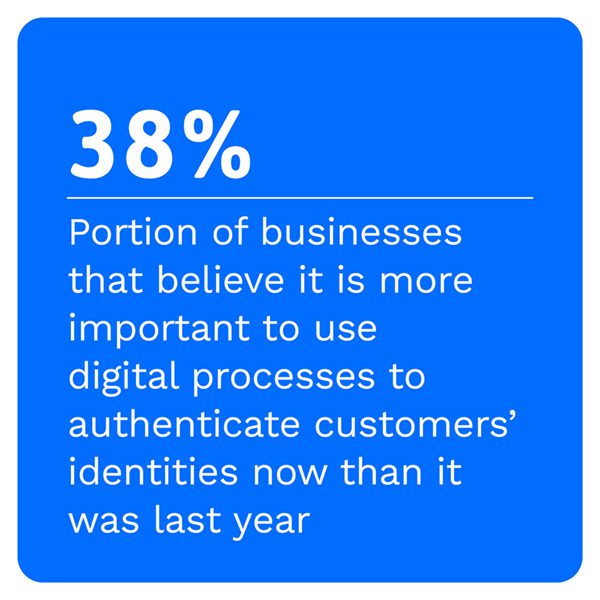It’s Time To Shore Up User Authentication As Digital Identities, Payments Converge

The global use of smartphones has transformed consumers’ transactions with their preferred financial institutions (FIs), merchants and service providers.
As consumers increase their use of online and mobile banking tools, however, they also increase their exposure to device-based security risks. This is because consumers now have digital identities that they carry into the physical world, leaving behind a trail of personal data on how they live, work, purchase and bank.
In the October edition of the Authenticated Payments Report, PYMNTS explores how legacy password authentication as the exclusive means of access to accounts and personal data is giving way to stronger forms of security such as biometrics. This includes fingerprint scanning, facial recognition and multifactor authentication (MFA) to keep customers’ information secure.
Around the World of Authenticated Payments
The relationship between service providers and their customers needs healing, a dilemma attributed to the shortcomings of password-based online identity and lack of consumer trust that service providers will keep personal data safe and use it appropriately. According to a study, 44% of consumers rely on just two to five passwords for all accounts, while 16% use the same password across the board. Another 42% abandon the sign-up process for a new online or mobile account application due to onboarding frictions.
Passwordless sign-in to consumers’ online accounts is closer to fruition with Microsoft’s announcement that users can now remove their Microsoft account passwords in favor of a more secure authentication method. First tested in March with commercial users, this new passwordless authentication sends a security key or verification code to the user’s phone for any Microsoft account sign-in, including for apps and services such as OneDrive and Outlook.
The U.S. Federal Trade Commission (FTC) reports that identity theft cases doubled in 2020, with fraudsters claiming billions of dollars in unemployment benefits in other people’s names. Technologies such as artificial intelligence (AI)-based analytics and biometrics can protect consumers from such online scams, enabling them to create stronger digital identities, simplify transactions and even decrease cart abandonment.
For more on these stories and other payment authentication developments, check out the Tracker’s News and Trends section.
Zelle on Taking a Multi-Faceted Approach to Keeping Digital Payments Safe From Fraud
 Emerging technologies are pushing the integration of digital identity and digital payments, arming payments providers with tools that enable them to use personal data to secure and fine-tune the customer experience.
Emerging technologies are pushing the integration of digital identity and digital payments, arming payments providers with tools that enable them to use personal data to secure and fine-tune the customer experience.
In this month’s Feature Story, Sean Loosli, head of consumer and small business payments at Zelle, explains how payment players can join consumers’ education with anti-fraud measures to balance ease and security during transactions.
Deep Dive: Why Digital Payment Methods Require Stronger Authentication Options
Cashless payment use has soared during the pandemic, and so has the need for stronger forms of authentication to replace legacy methods such as usernames and passwords.
This month’s Deep Dive explores how digital payments and user identity convergence requires more secure authentication and how emerging payments authentication tools can help banks and merchants verify customers’ identities and guarantee that their information is kept secure and protected.
About the Report
The Authenticated Payments Report, a PYMNTS and LoginID collaboration, is the go-to monthly resource for updates on trends and changes in payments authentication.



